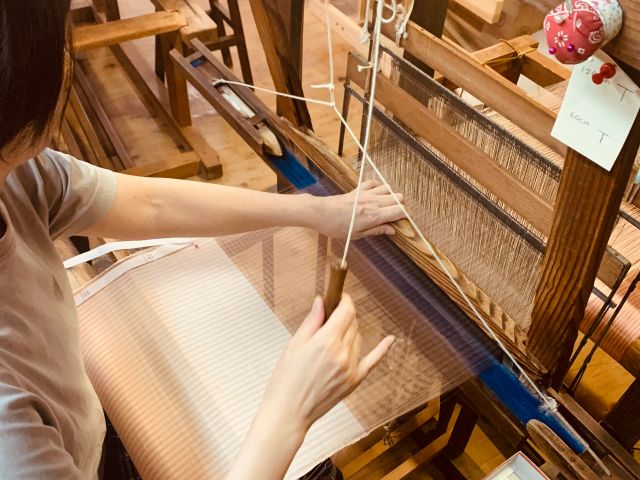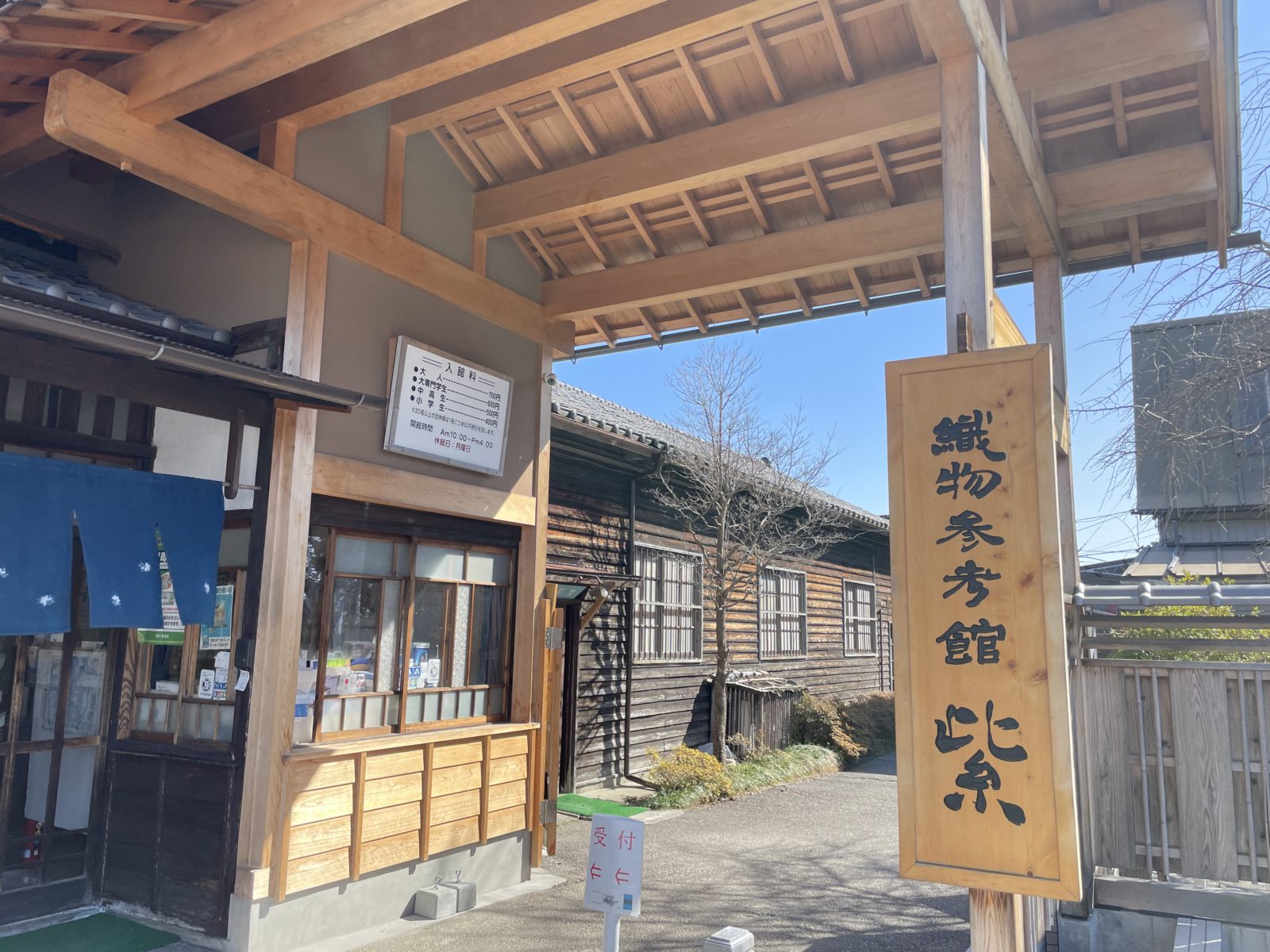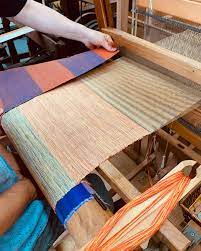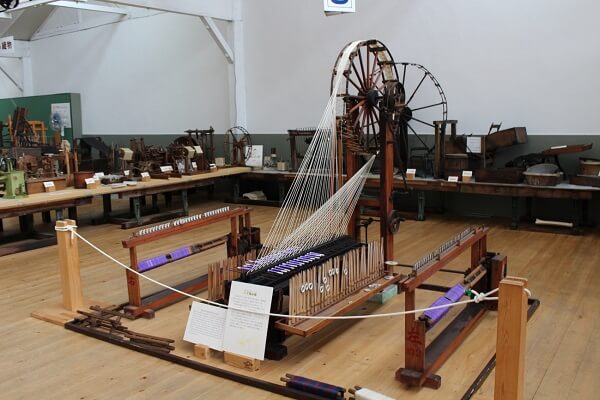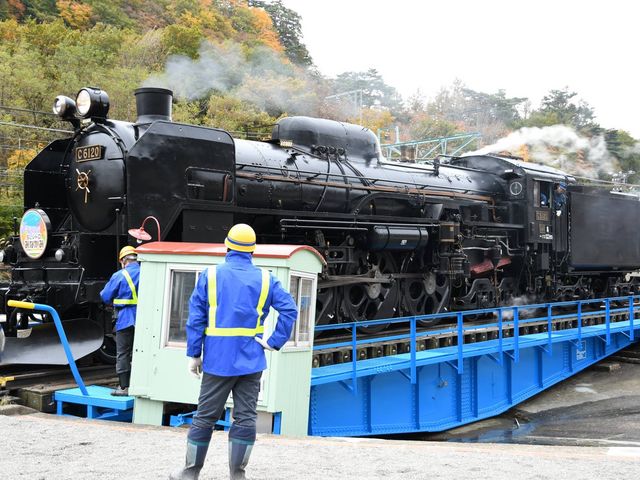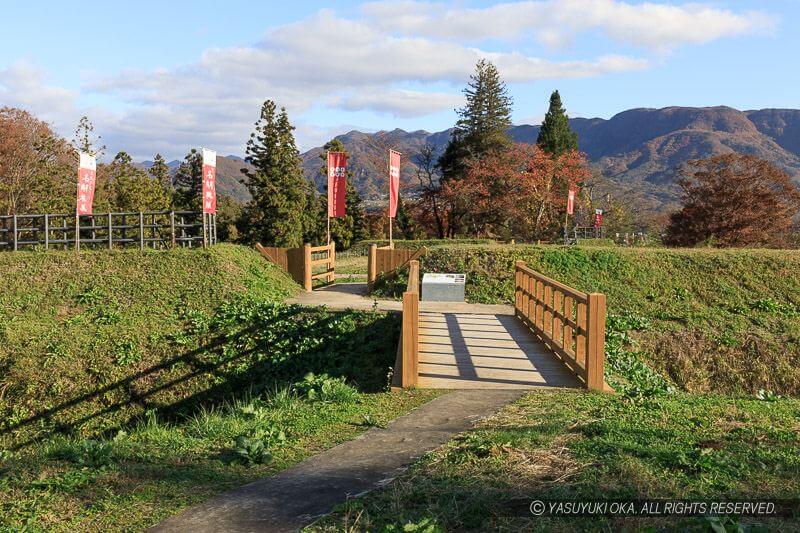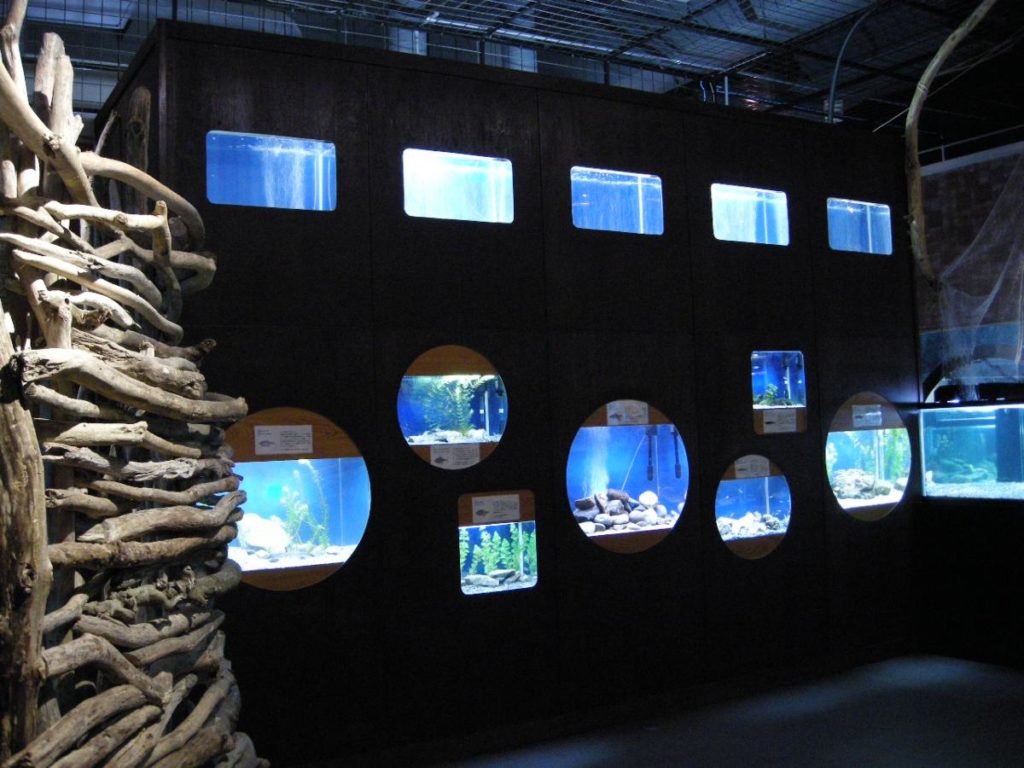Orimono Sankokan Yukari (織物参考館ゆかり) is a textile museum located in Kiryu City, Gunma Prefecture, Japan. The museum is dedicated to showcasing the rich history and traditions of Kiryu’s textile industry, which has been a significant part of the city’s heritage for centuries. The museum’s name, “Yukari,” translates to “connections” or “relations,” emphasizing the cultural and historical links between the region and the textile industry.
1. Overview
- Name: Orimono Sankokan Yukari (織物参考館ゆかり)
- Location: Kiryu City, Gunma Prefecture, Japan
- Established: 2000
- Focus: Textile industry history, particularly silk weaving, and the cultural significance of textiles in Kiryu and Japan.
- Type: Museum, cultural facility
2. Historical Significance of Kiryu’s Textile Industry
- Kiryu has a long history of textile production, particularly in silk weaving. The city became one of Japan’s leading centers for silk fabric manufacturing during the Edo period (1603–1868), and its textile industry continued to thrive into the modern era.
- Kiryu was renowned for producing high-quality silk fabrics, especially for kimono production. The city’s textile industry flourished in the 19th and 20th centuries and became an essential part of Japan’s cultural and economic life.
- The Orimono Sankokan Yukari Museum helps preserve and share this heritage by providing a deeper understanding of the techniques, materials, and significance of Kiryu’s textile production.
3. Exhibits and Collections
The museum’s exhibits focus on the following areas:
- Silk Weaving: The museum features a variety of traditional weaving tools and machinery that were once used in the production of silk fabric, including looms and spindles. Visitors can learn about the intricate processes involved in weaving high-quality textiles.
- Textile Artifacts: The museum houses an extensive collection of traditional Japanese textiles, including kimono, obi (sashes), and other garments that showcase the craftsmanship and artistry of Kiryu’s textile producers.
- Historical Documents: The museum also displays historical documents, photographs, and illustrations related to the development of the textile industry in Kiryu, offering insight into the evolution of the industry over time.
- Exhibitions on Techniques: The museum often holds special exhibitions that highlight different aspects of textile production, such as the dyeing process, the use of natural dyes, and patterns used in fabric production.
4. Educational and Interactive Experiences
- Workshops and Demonstrations: The museum offers hands-on workshops where visitors can try weaving or dyeing textiles, giving them a chance to experience the techniques firsthand. These workshops are especially popular among tourists and school groups.
- Guided Tours: Guided tours are available to help visitors better understand the museum’s exhibits and the history behind Kiryu’s textile industry. These tours often include explanations of traditional weaving methods and the historical importance of the industry to the region.
- Educational Programs: The museum hosts various educational programs, including lectures and events, to deepen the public’s understanding of the cultural and historical significance of the textile industry in Japan.
5. Architectural Features
The museum building itself is designed to reflect the traditional Japanese aesthetic, blending modern museum design with elements that evoke the region’s historical connection to textile production.
- The space is comfortable for visitors, with rooms that display textiles and artifacts in a way that encourages close examination of the craftsmanship involved.
- The museum is located in a quiet, scenic part of Kiryu, offering a relaxing environment for visitors to explore the rich history of the area.
6. Connection to Kiryu’s Textile Heritage
- Kiryu is known as the “City of Textiles” in Japan. The area’s legacy as a major center of silk production has left a lasting impact on the city’s culture and economy.
- Many local businesses and artisans in Kiryu continue to practice traditional weaving techniques, while modern textile companies in the area have adapted the traditional methods for contemporary production.
- Orimono Sankokan Yukari serves as a hub for preserving and promoting the history of Kiryu’s textile industry, highlighting its role in shaping both local and national culture.
7. Visitor Information
- Opening Hours: The museum is typically open from 9:00 AM to 5:00 PM, though it is closed on Mondays and some public holidays. Visitors should check the museum’s official website for any special closures or hours.
- Admission Fees: Admission fees are generally moderate, with discounts available for students and groups.
- Location: The museum is located near the heart of Kiryu City and can be easily accessed by public transportation, such as buses or trains. It’s a short distance from Kiryu Station, making it an accessible spot for visitors to explore the history of the city.
- Facilities: The museum has amenities such as a gift shop, where visitors can purchase locally made textiles and souvenirs, and a café for relaxation.
8. Nearby Attractions
- Kiryu Textile Museum (Kiryu Orimono Kaikan): Another museum in the area dedicated to the history of the local textile industry, offering additional insight into Kiryu’s heritage as a textile powerhouse.
- Kiryu Park: A nearby public park perfect for a relaxing walk after visiting the museum.
- Temples and Shrines: Kiryu is home to several beautiful temples and shrines, such as Kiryu Jingu Shrine, which provide further opportunities for cultural exploration.
9. Cultural Importance
- The museum plays an essential role in preserving the traditional craftsmanship and the cultural legacy of textile production in Japan, especially the art of silk weaving, which was once central to the economy of Kiryu.
- It also serves to educate younger generations and international visitors about the historical importance of textiles in Japanese culture, making it an important site for both local pride and cultural exchange.
In Summary:
Orimono Sankokan Yukari in Kiryu City is a fascinating cultural institution that highlights the rich history and craftsmanship of Japan’s textile industry, particularly the city’s centuries-old tradition of silk weaving. Through its diverse exhibits, workshops, and educational programs, the museum allows visitors to learn about the techniques and artistry that made Kiryu a center of textile production in Japan. Whether you are a history buff, textile enthusiast, or simply looking to explore a unique part of Japan’s heritage, Orimono Sankokan Yukari offers a compelling and insightful experience.






